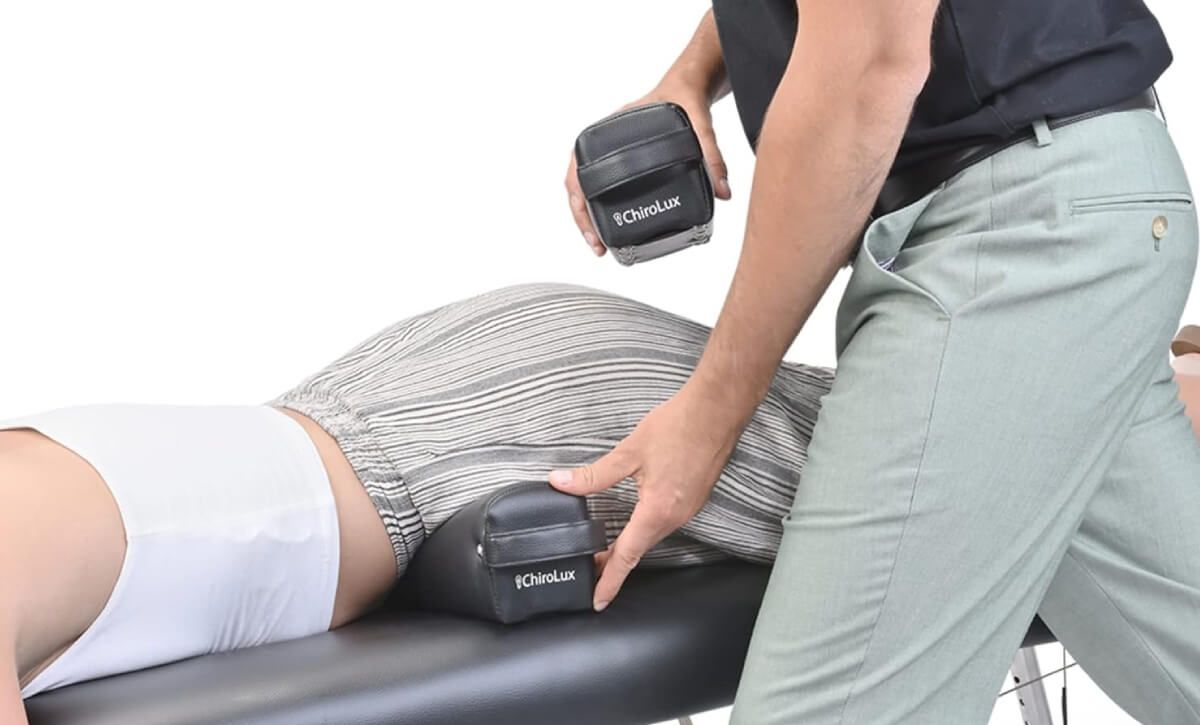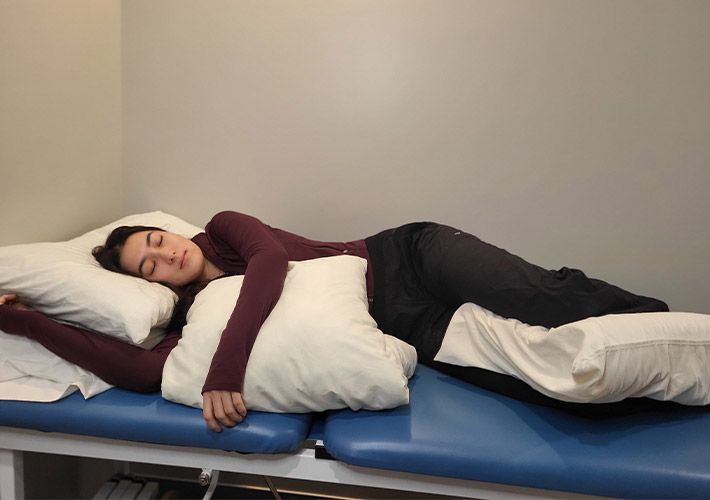Understanding SOT Blocking

When most people think about chiropractic care, they may think of the crazy videos they’ve seen online with huge “cracks” and “pops”. The classic adjustments that you associate with chiropractic are just one of the many options that chiropractors can use to adjust. One lesser known technique within chiropractic care is Sacro Occipital Technique (SOT) Blocking. This specialized method is gentler and offers numerous benefits, making it an excellent choice for many seeking relief from pain and improved overall well-being.me.
What is SOT Blocking?
SOT Blocking is a chiropractic technique developed by Dr. Major Bertrand DeJarnette in the 1920s. The "Sacro" in SOT refers to the sacrum, the triangular bone at the base of the spine, while "Occipital" refers to the occiput, the bone at the base of the skull. This technique involves using wedge-shaped blocks placed under specific areas of the pelvis while the patient lies face down or on their back. The purpose of these blocks is to correct and stabilize the alignment of the pelvis and the spine, thereby improving the function of the nervous system.
How Does SOT Blocking Work?
The core principle behind SOT Blocking is to restore proper alignment and motion in the spine and pelvis. Misalignments can cause nerve interference, leading to pain and other health issues. By strategically placing the blocks, chiropractors can gently guide the spine and pelvis back into proper alignment. This technique works through a combination of gravity and the body's own weight, which helps to create a gentle yet effective adjustment.
The process typically involves the patient lying down on a chiropractic table. The chiropractor then places the blocks under specific points of the pelvis or upper leg. Patients are usually instructed to relax and breathe deeply, allowing the blocks to work their magic. The chiropractor may adjust the position of the blocks during the session depending on the category of blocking being done.
SOT Blocking is done in lieu of the typical High-Velocity, Low-Amplitude (HVLA) adjustments that are the classic techniques that most people associate with chiropractic. Some patients need a modified approach that is more gentle. SOT Blocking is one of the many other techniques that use less force and can be better suited for some of the more fragile patients coming into the office.
Benefits of SOT Blocking
SOT Blocking offers a multitude of benefits, making it a valuable component of chiropractic care:
- Pain Relief: By realigning the spine and pelvis, SOT Blocking can alleviate pressure on nerves, reducing pain in areas such as the lower back, hips, and neck.
- Improved Nervous System Function: Proper alignment allows for better communication between the brain and the rest of the body, enhancing overall function and health.
- Enhanced Mobility: Restoring alignment can improve joint function and range of motion, making daily activities easier and more comfortable.
- Gentle Alternative: This technique avoids the need for HVLA adjustments, surgery or medication, offering a safe alternative for pain relief and wellness.
Who Can Benefit from SOT Blocking?
SOT Blocking is suitable for a wide range of individuals, including:
- Elderly: Many older individuals suffer from osteoporosis making them more susceptible to fractures, even from normal activities of daily living. Doing HVLA adjustments with patients who have weakened bones is not in the best interest of patients, making this gentler approach a great alternative.
- Pregnant Women: This gentle technique can help alleviate pregnancy-related back pain and improve pelvic alignment in preparation for childbirth. In the later stages of pregnancy, patients may have difficulty maneuvering on the chiropractic table for adjustments and getting into certain setups needed to perform HVLA adjustments. Blocking allows the patient to lay in one position for 20-30 minutes which is not only effective but also a relaxing way to get relief.
Embrace Chiropractic Care for Well-Rounded Health
SOT Blocking is a lesser known technique but it is just one of the many options that chiropractors use to help you achieve optimal health. Certain populations may not do as well with HVLA adjustments but that doesn’t mean that chiropractic care isn’t for them. Whichever method your chiropractor uses, you can experience relief through realignment. By addressing the root causes of pain and dysfunction, chiropractic care offers a pathway to a healthier, more balanced life. At our chiropractic and massage office, we are dedicated to providing personalized care tailored to your unique needs and SOT Blocking is just one of the many techniques that can be utilized.
Bethany Wolcott
D’Youville Chiropractic ‘26












